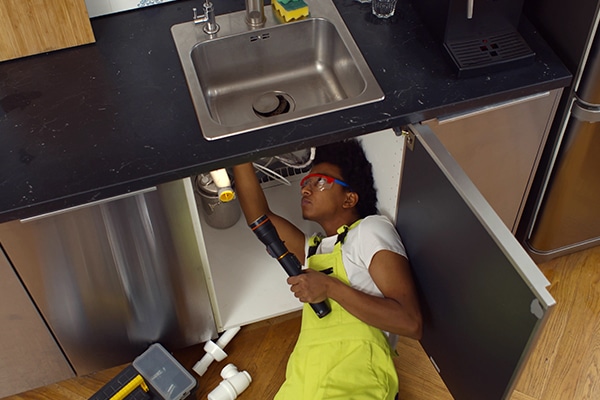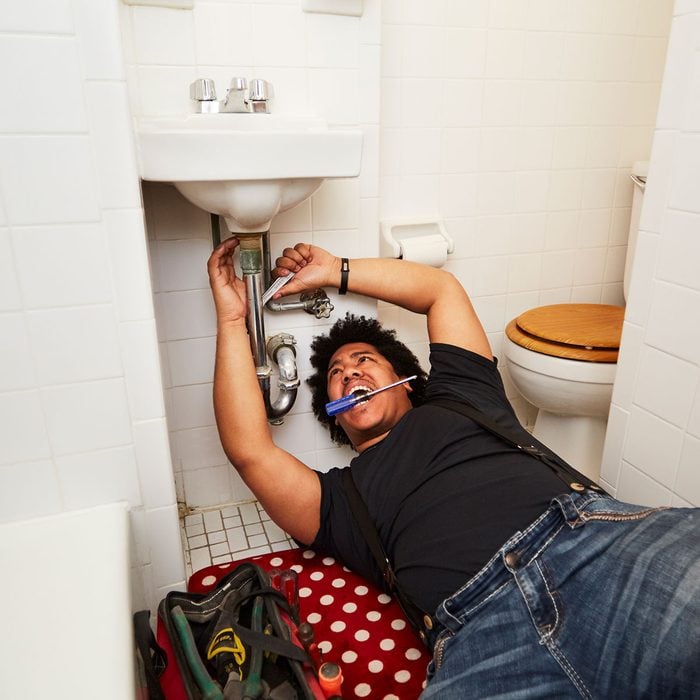Trusted Plumber Alabaster AL for All Your Emergency situation Requirements
Trusted Plumber Alabaster AL for All Your Emergency situation Requirements
Blog Article
A Step-by-Step Guide to Reliable Water Heating Unit Installment for Optimal Efficiency
Beginning on the job of mounting a water heater is an endeavor that requires precision and a methodical strategy for accomplishing optimal efficiency. The process starts with the essential choice of picking the appropriate heating unit tailored to the particular demands of your house, taking into consideration elements such as type, energy, and dimension source. As soon as picked, preparing the installation location to fulfill security standards is extremely important. However, the journey doesn't end right here. As you continue, the complexities of attaching water system lines and setting up dependable electrical or gas connections await, appealing understandings into ensuring efficiency and dependability.
Picking the Right Water Heater

Next, think about the dimension and ability of the water heating unit. It's essential to analyze your family's warm water requirements, which can vary based upon the variety of residents and their usage patterns. A system that's as well tiny might lead to insufficient hot water, while a large design might result in unnecessary power consumption.
Performance scores also play an essential function in option. Search for water heating units with high Energy Aspect (EF) ratings, indicating premium performance and lowered energy usage. Tankless models, though typically extra costly ahead of time, deal substantial power savings gradually due to their on-demand heating capacities.
Preparing the Installation Area
Before installing a brand-new water heating unit, thorough preparation of the setup location is essential. It's essential to measure the area carefully to fit the water heater's dimensions, making sure ample clearance around the device for reliable procedure and servicing.
Next, eliminate any type of particles, dust, or blockages from the website to create a tidy environment. Inspect the floor for stability, as the hot water heater will require a strong, level surface to run properly. If needed, set up a drip frying pan underneath the device to catch possible leaks or spills, stopping water damage to the surrounding area. In areas prone to seismic activity, take into consideration installing seismic bands to secure the heating system strongly in position.
In addition, make sure that all required tools and materials get on hand before beginning the setup. This consists of products such as wrenches, screwdrivers, a level, and any extra hardware required for installing and protecting the heating system. A well-prepared installment area sets the foundation for an effective water heating system arrangement, enhancing performance and security.
Connecting Water System Lines
When attaching supply of water lines to your freshly mounted water heating unit, it is vital to make sure that all links are leak-free and protected to keep reliable operation and avoid water damage. Begin by recognizing the warm and chilly supply of water lines. The cool water inlet is usually noted with a blue label or a "C", while the warm water outlet is noted with a red label or an "H".
Usage flexible water heater connectors to facilitate a much easier installment process. These connectors can absorb vibration and permit for slight movement, minimizing the danger of leaks. Before affixing the adapters, put a plumbing's tape around the threaded ends of the water heating unit's inlet and outlet pipes - Plumbing Services Alabaster AL. This tape serves as a sealer, avoiding leaks. Very carefully attach the flexible pipes to the particular inlet and electrical outlet, making sure that they are tight however not over-tightened, which could harm the threads.
Once links remain in location, slowly switch on the primary water valve. Inspect each link for leaks by visually really feeling and checking for moisture. Tighten up links as necessary, and ensure the pressure alleviation shutoff is correctly installed, safeguarding against excessive stress build-up.
Setting Up Electric or Gas Connections
Properly establishing the electrical or gas connections for your hot water heater is an essential action to make sure efficient and safe operation. For electrical hot water heater, start by verifying that the electric circuit is compatible with the heater's voltage and amperage requirements. Ensure the power supply is transformed off at the breaker to avoid accidents. Link the electrical cables to the heating system adhering to the manufacturer's circuitry representation. Usually, this includes attaching the ground cable to the green terminal, and the remaining wires to their matching terminals, safeguarding each with cable nuts.
For gas hot water heater, safety is extremely important. Validate that the gas supply is off before continuing. Connect the gas line to the hot water heater utilizing a flexible gas adapter, ensuring it is correctly threaded and sealed with pipeline joint compound or Teflon tape appropriate for gas links. Tighten up the links with a wrench, taking treatment not to over-tighten (Plumbing Alabaster AL).
Once connections are made, evaluate for any type of possible leaks. For gas lines, apply a soapy water option to the joints; bubbles show a leak. For electrical links, ascertain that all wiring is safe and effectively insulated, click to read more maintaining conformity with regional electrical codes.
Evaluating and Readjusting for Efficiency
With the electrical and gas links firmly in place, the following action is reviewing browse around this site the operational efficiency of your water heating system. Begin by carefully turning on the water supply and making sure there are no leaks at any of the joints or shutoffs.
Next, perform an extensive evaluation to make sure the burner or gas heaters are functioning properly. For electric heating units, make use of a multimeter to confirm if the components are drawing the proper current. In gas designs, observe the heater flame; it ought to be blue and consistent, showing reliable burning.
Readjust the setups as required to remove ineffectiveness. Consider executing insulation steps, such as adding a water heating system covering, to better enhance performance by lessening warmth loss. In addition, check the anode pole's condition, as a shabby pole can lower effectiveness and cause storage tank corrosion.
Final Thought
Effective hot water heater setup is crucial for ensuring ideal efficiency and energy cost savings. By choosing the ideal type and size, and thoroughly preparing the installment location, a structure for success is established. Firmly linking water system lines and very carefully establishing electric or gas connections decrease prospective concerns. Comprehensive testing for leakages and precise thermostat changes to 120 ° F enhance integrity and performance. Abiding by these steps promotes lasting functionality and energy preservation in property water heating systems.

Properly establishing up the electric or gas links for your water heating unit is an important action to make certain reliable and secure procedure. For electric water heating units, begin by verifying that the electrical circuit is suitable with the heating unit's voltage and amperage needs. Attach the gas line to the water heating system making use of a versatile gas port, guaranteeing it is effectively threaded and sealed with pipe joint substance or Teflon tape ideal for gas connections.
Report this page